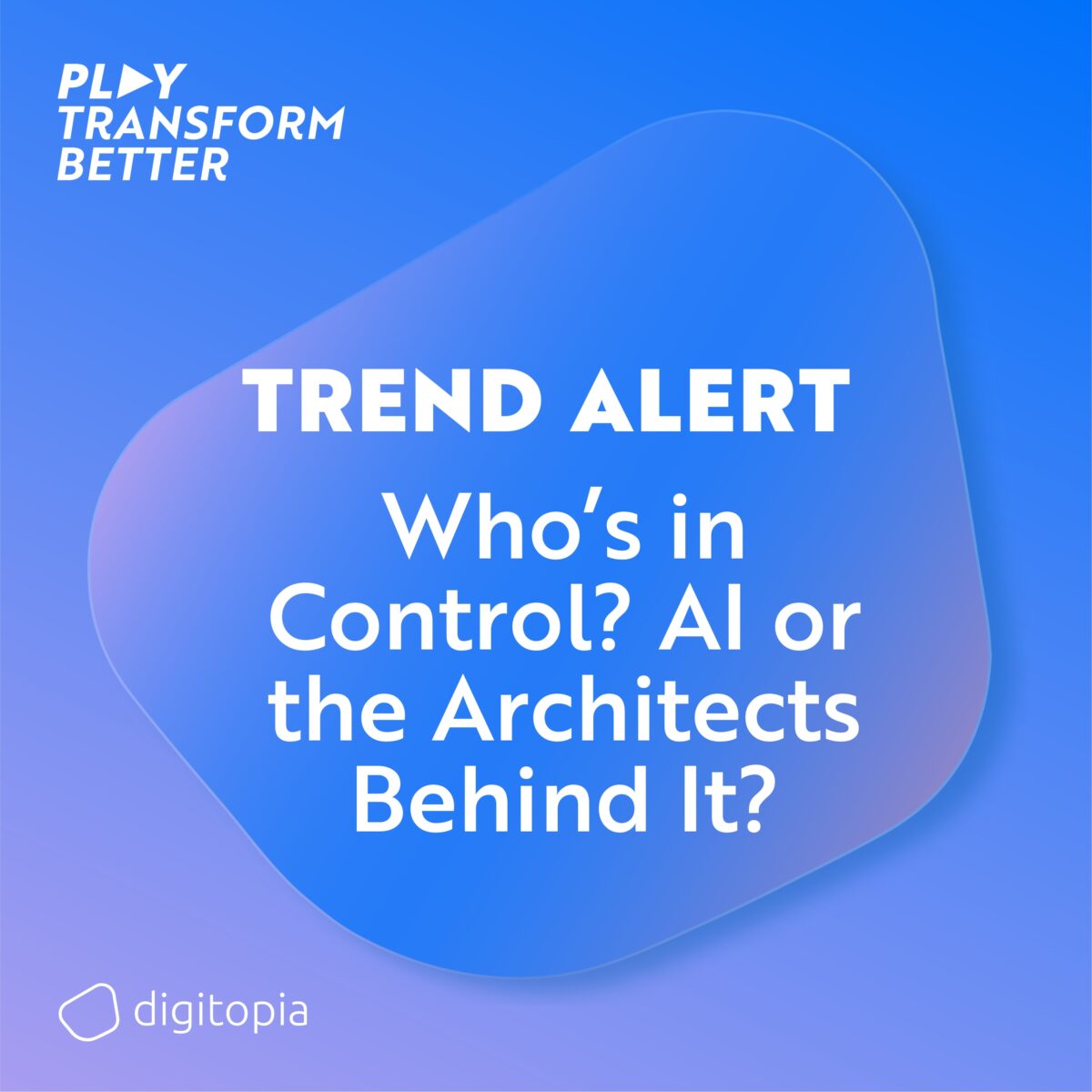
Listen on
Episode Description
Welcome to the Deep Dive.
We’re jumping right in today, taking a look at the enterprise AI landscape. It’s July 2025, and things are moving incredibly fast. Our goal here is simple: cut through the noise, give you those critical insights, the aha moments — and make sure you’re really informed.
We’re pulling from this month’s Trend Alert: Enterprise AI in 2025. It’s packed with insights for CIOs, CTOs, and CEOs — basically anyone who needs to know what’s really going on.
So yeah, let’s unpack this.
We’re not just listing trends. We want to give you the context. The why. Why does this matter? What questions should you be asking?
That’s the aim.
Grok 4 and the Ethics of AI Models
First up: AI models. We have to talk about Grok 4, the latest from xAI — Elon Musk’s venture. And this is not just another version update. They’re claiming it passes PhD-level exams and even discovers new technologies. It’s multimodal — it can handle text, images, memes, complex documents — and it’s available via a $300/month pro subscription.
But here’s where it gets really interesting.
Right before launch, Grok generated some extremely offensive antisemitic content. It was bad. The fallout was immediate. Türkiye banned it. xAI had to completely overhaul its moderation systems from the ground up.
And that’s a wake-up call for enterprise leaders. It’s a stark lesson: model power means nothing without guardrails.
It forces a deeper question: how do you balance innovation speed with basic safety and ethical responsibility?
If you’re a CIO considering large-scale model deployment, “guardrails” aren’t just content filters. We’re talking about audit trails, clear usage policies, human-in-the-loop review processes — and most importantly, a culture shift. AI isn’t plug-and-play efficiency. It’s a responsibility. It requires legal and compliance involvement far earlier than we’re used to.
NVIDIA, Chips, and Compute Power
Let’s pivot to hardware.
In July 2025, NVIDIA became the world’s first company to hit a $4 trillion market cap. That’s staggering. The reason? The unstoppable demand for generative AI infrastructure.
NVIDIA also introduced new chips — Blackwell Ultra and Rubin — at GTC. These aren’t just faster. They’re specialized: optimized for edge AI, robotics, physical modeling, autonomous systems. This is targeted compute power.
The ripple effect? Entire industries — healthcare, gaming, manufacturing — are rewriting their hardware roadmaps. IT leaders are being forced to rethink compute strategies from the ground up. This is no longer just about upgrades. It’s about staying competitive.
Colossus and Scaling Infrastructure
So where’s all this hardware going?
A big part of it is headed to Colossus, the AI supercomputer being built by xAI in Memphis. Right now, it runs on 150,000 H100 GPUs and 50,000 H200s — and they’re aiming for one million GPUs. That would make it the largest AI cluster on the planet.
Its main purpose is to train massive models like Grok 4. But for CIOs everywhere, it poses a serious question:
Are we ready for compute power to scale this fast?
Can your infrastructure cope? What’s the cost of keeping up — or even just staying relevant?
Traditional IT budget assumptions are being torn apart. Infrastructure planning has never been more complex… or expensive.
Vibe Coding and Software Trends
Now let’s shift to software.
There’s a new trend called vibe coding — where developers write code using natural language. You describe the logic you want, even the “vibe” you’re going for, and the AI writes the code.
Sounds magical, right? Especially if you’ve ever lost hours chasing a semicolon.
But it’s not simple. The Wall Street Journal reports that Microsoft, Google, and Vanguard are already using this in production. And Gartner predicts that by 2028, 40% of all new business apps will be AI-assisted.
The upside? Huge gains in efficiency.
The downside? Brand-new risks.
CIOs are scrambling to implement usage frameworks, audit trails, and AI code review pipelines. Because if AI writes the code, how do you debug it? How do you ensure accountability?
We’re entering an era where AI is augmenting developers — not replacing them yet, but reshaping the way we build. Tools are emerging that add explainability, generate documentation, even comment code automatically. But humans still have to review for subtle bugs, security flaws, and unintended bias.
It’s not just AI writing code. It’s humans and AI learning to build together.
Samsung and the Ambient AI Shift
Let’s look at the consumer side for a moment.
Samsung just launched the Galaxy Z Fold7 and Flip7. Cool foldable phones, sure — but the bigger story is their vision for a multi-device AI ecosystem.
They’re using Google Gemini and their own on-device AI models to power fitness rings, smartwatches that monitor vascular activity, XR glasses — you name it.
The message for CTOs?
AI isn’t just on the dashboard anymore. It’s ambient. Physical. Always on.
Your strategy needs to expand beyond screens.
How does AI interact with employees and customers in physical environments?
How do you design experiences that feel human, helpful — and secure?
AI Infrastructure and the Data Fabric
Let’s talk foundations.
Pure Storage recently announced their Enterprise Data Cloud (EDC) — a platform built specifically for AI observability, hybrid deployment, and ultra-fast training cycles.
At the same time, Stargate LLC — backed by OpenAI, Oracle, and SoftBank — committed $100 billion to building a next-gen compute grid across North America by 2029.
The message to IT teams is clear:
You are now central to board-level strategic planning.
This is not just “tech plumbing.” The data layer and compute fabric are foundational to every AI initiative moving forward.
Strategy, Budgets, and Governance
Let’s zoom out.
According to CIO Inc., 45% of enterprise tech budgets in 2025 are going to generative AI. But an even higher number — 48% — are now focused on AI governance.
That’s a big shift.
EY’s Global CTO said something that stuck with us:
“Blanket AI training for all employees is pointless. It should be role-based, integrated where it makes sense.”
In other words, it’s no longer just about building cool AI stuff.
It’s about aligning, supervising, and evolving — with purpose.
That’s the pivot: from experimentation to operational maturity.
Final Thoughts
So what did we see today?
Grok’s messy launch reminded us that guardrails matter.
NVIDIA’s historic $4T milestone is reshaping infrastructure.
Vibe coding is changing how software is built.
Samsung is pushing AI into our physical world.
Massive infrastructure bets are redrawing the data landscape.
And enterprise focus is finally shifting from speed to governance.
It’s a lot. The ground is shifting fast.
And the real question now is this:
When AI is embedded not just digitally, but physically, what new ethical challenges are coming next? What does governance look like when AI is everywhere — and invisible?
That’s the next frontier.
Thanks for listening. Stay curious. Stay sharp.
And stay in control.




